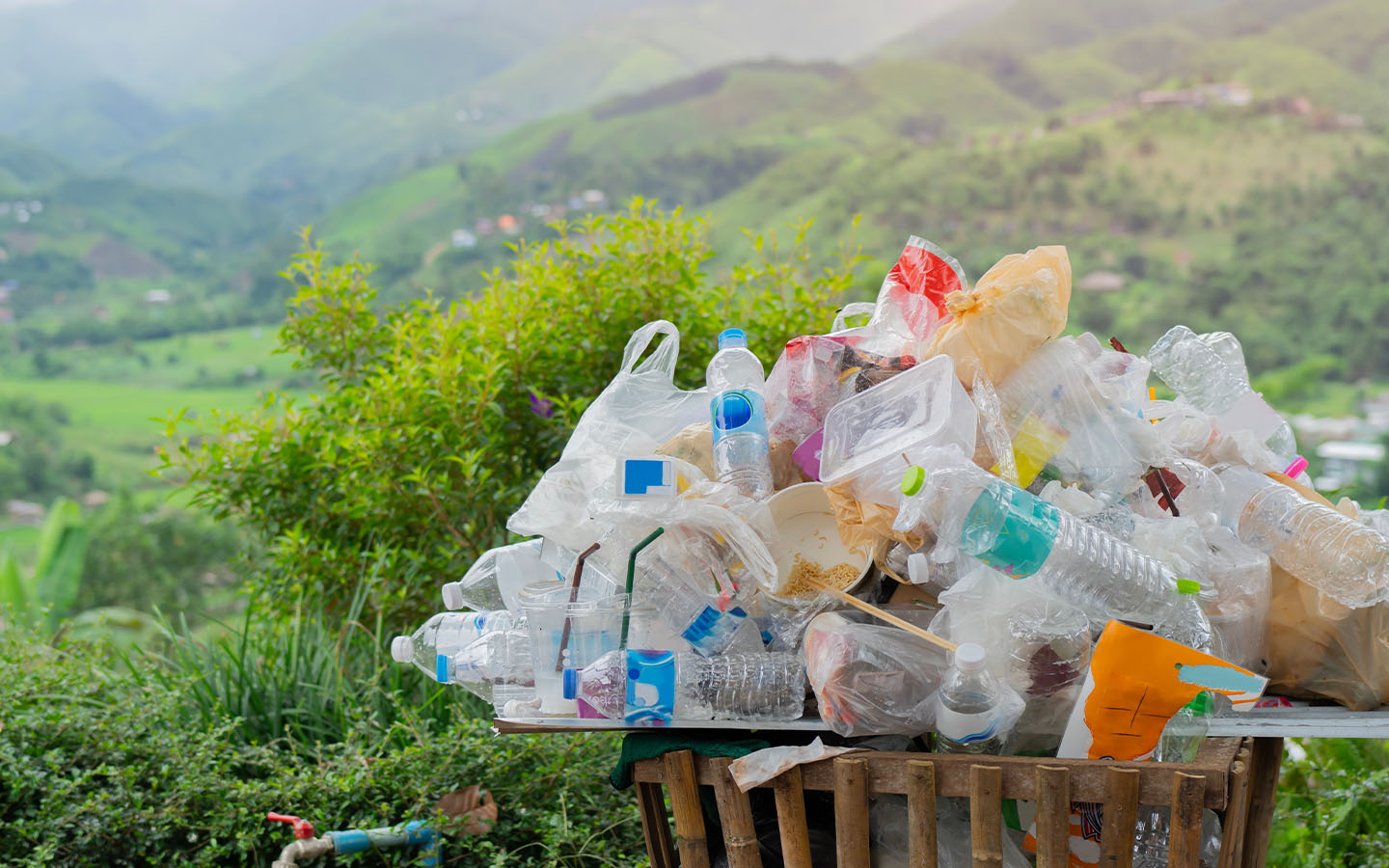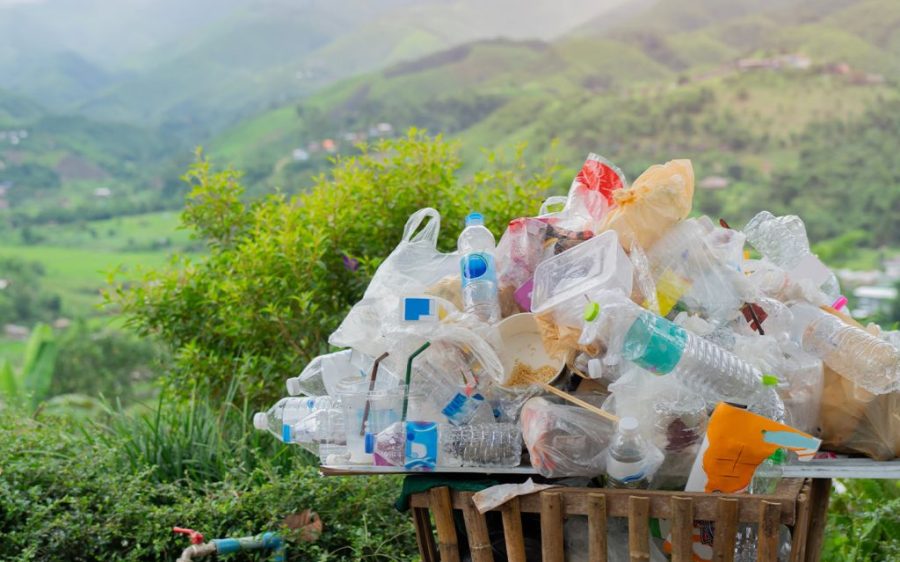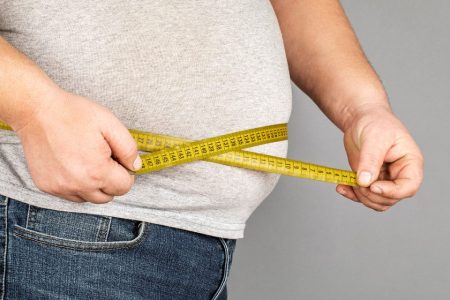As nations around the world negotiate a legally binding global plastics treaty, a new scientific review highlights the true human and planetary cost of this ubiquitous material.
Published in the leading medical journal the Lancet, and cited in the Guardian newspaper, the review illuminates the “grave, growing and under-recognised danger” of plastics. Every stage of its life cycle – from extraction and production to use and disposal – negatively impacts human health and the environment.
One of the biggest drivers of this “plastics crisis” is an explosion in production, increasing by more than 200 times since 1950. Over 100 countries are now pushing to cap plastic production, which is set to almost triple again to more than a billion tonnes annually by 2060.
Petrostates and plastic industry lobbyists are arguing that the focus should be on recycling. The chemical complexity of plastics, however, make them far more difficult to recycle than other common materials like paper or aluminium. As the report notes, “It is now clear that the world cannot recycle its way out of the plastic pollution crisis.”
[See more: There are 27 million tons of nanoplastics floating in the North Atlantic]
The problem starts with extraction as over 98 percent of plastics are made from fossil oil, gas and coal. Transforming fossil fuel-derived chemicals into plastic is a highly energy-intensive process, generating the annual equivalent of 2 billion tonnes of CO2. Both production and disposal cause air pollution, with more than half of unmanaged plastic waste burned in open air.
Plastic waste also breaks down into micro- and nanoplastics, tiny particles that we take in through water, food and air. Studies have found these particles in blood, brains, breast milk, placentas, semen and bone marrow. Foetuses, infants and children are among the worst affected, with exposure associated with increased risks of miscarriage, premature and stillbirth, birth defects, impaired lung growth, childhood cancer and fertility problems later in life.
One study estimated that just three plastic chemicals – PBDE, BPA and DEHP – in 38 countries cause US$1.5 trillion in health damages annually, fuelled by increases in stroke, heart disease and all-cause mortality. Over 16,000 chemicals are added to plastics, many of which are linked to health effects.
With nearly 8 billion tonnes of plastic polluting the Earth already, it is imperative that the new treaty include measures to protect human and planetary health, Prof Philip Landrigan, a paediatrician and epidemiologist at Boston College in the US, and lead author of the new report, told the Guardian. “It is incumbent on us to act.”






